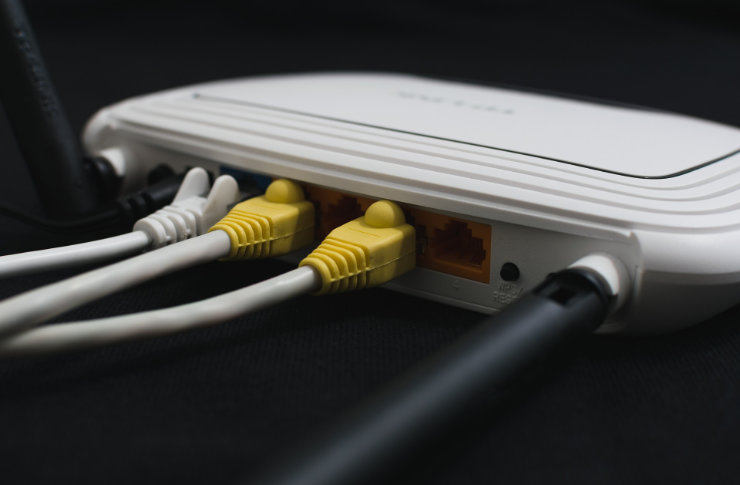Shaping the Digital Future: The Advancement of Broadband Internet
Broadband has become a staple of modern life, connecting us to the world and shaping how we live, work, and play. Its role in our day-to-day lives has grown exponentially, particularly in the wake of the global pandemic, which has highlighted the importance of reliable and speedy internet access. This article will delve into the history and evolution of broadband, its current trends, and the challenges and implications of this technology in today's digital age.

A Brief History of Broadband
Broadband was initially introduced in the late 1990s, replacing dial-up internet and bringing about a digital revolution. Its arrival heralded a new era of high-speed internet that was always on, leading to numerous advancements in technology and communication. While the early forms of broadband were delivered via DSL or cable, advancements in technology have seen an increase in fiber-optic broadband, offering increased speed and reliability.
Current Trends and Developments
Today, broadband has evolved far beyond its initial capabilities. ISPs (Internet Service Providers) are continually improving broadband speed and coverage, driven by consumers’ ever-growing demand for faster and more reliable internet. One significant development is the increasing shift towards fiber-optic broadband, which offers unprecedented speed and performance.
The push for net neutrality - the principle that all internet traffic should be treated equally - has also been a hot topic in recent years. This principle ensures that ISPs cannot manipulate the speed and accessibility of certain websites or services, promoting a free and open internet.
The Impact of Broadband
Broadband has revolutionized various sectors, including education, healthcare, and business. In education, for instance, high-speed internet facilitates online learning, broadening access to education resources. In healthcare, broadband enables telemedicine, allowing patients in remote locations to receive medical care. Businesses, too, have reaped the benefits of broadband, with faster internet speeds facilitating seamless communication and e-commerce.
Challenges and Practical Applications
Despite the numerous benefits of broadband, challenges persist. One major issue is the digital divide - the gap between those with access to broadband and those without. This divide is particularly pronounced in rural and low-income areas, where broadband infrastructure is lacking or non-existent.
In terms of practical applications, broadband has proven invaluable in various fields. For instance, in the entertainment industry, broadband has facilitated the rise of streaming services like Netflix and Spotify. In business, it has enabled remote work, promoting flexibility and reducing overhead costs.
Looking Ahead: The Future of Broadband
As we look to the future, the importance of broadband in our lives is only set to increase. With the rise of smart homes and ever-increasing online connectivity, the demand for reliable, high-speed internet will continue to grow.
In conclusion, broadband has fundamentally changed our lives, revolutionizing how we communicate, work, and entertain ourselves. As this technology continues to evolve, it will undoubtedly continue to shape our digital future in ways we can only begin to imagine.





